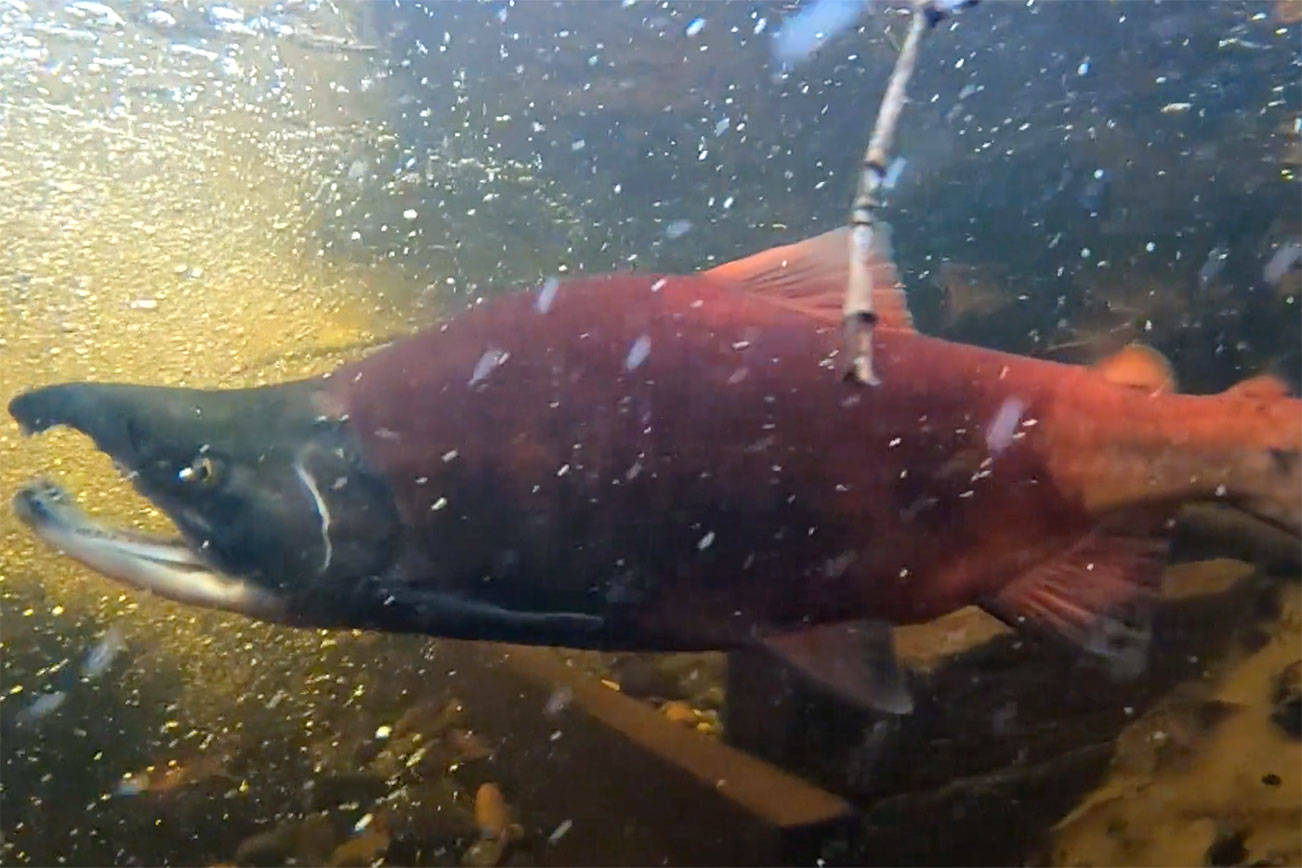Child care was in short supply before, but advocates worry that up to one-third of slots at facilities could disappear across Washington state in the wake of the COVID-19 pandemic.
Since the pandemic began, the advocacy group Child Care Aware said a quarter of providers they surveyed had closed their doors – accounting for about 30 percent of positions. And it’s yet to be seen how many will reopen, said Ryan Pricco, director of policy.
“Some percentage of them are never going to open up again,” he said.
That’s bad news for families both in King County and around the state. A paper released last year by the organization from there were only around 64,000 child care spaces countywide. Compare that to the more than 127,500 kids under the age of 5 in the county to get an idea of the existing shortfall.
For facilities that remain, guidelines from the Centers for Disease Control could make it harder for them to stay afloat. Those recommendations include having no more than nine kids in a room with one adult for the day. Smaller centers may end up faring better than large, industrial ones which have space for many more students and higher cost overheads, Pricco said.
“It’s just really unclear how many of them are going to be able to operate long-term,” he said.
For Amy Torpey, who runs the Lake Forest Park Whizz Kids Academy, loosening restrictions from the state has let more children return. Two of the three centers the organization runs were closed for six weeks during the height of the pandemic.
“The children are thrilled to be back,” she said. “They’re happy to be back, and we all need routines and it’s so important for the children to have that back.”
The impacts vary by center though. Sheri Absher is the executive director of Snoqualmie’s Imagination Station Early Learning Center. She said at the beginning of the pandemic they were operating at around 30 percent of their capacity.
But since then, parents and kids have been returning. Parents are saying it’s important to have child care right now. Many centers in the area have shut down, leading to a shortage.
For more remote parts of the county, child care can be a major consideration for parents thinking of moving.
“They’ll have to go way out of their way to take their kids to a center,” Absher said.
The economic impacts of fewer facilities worries Pricco too. He said it could have a domino effect on the economy, where parents can’t return to work because they can’t find child care.
Working during the pandemic is also a concern for workers in the industry. Many of them aren’t given health insurance or living wages. Pricco said child care employees are also disproportionately women of color.
“We have a lot of older, vulnerable workers who don’t have access to health care in our system who are now being asked to care for the children of essential workers,” he said.
Child care programs often rely on low state reimbursement rates to fund programs, leaving them short on money. Even the most affluent child care providers can struggle to provide health care for workers, he said.
“Child care was in crisis before the pandemic hit and really what the pandemic is doing is showing just how vulnerable the industry is and if we don’t do something quickly to remedy that the system might just collapse,” Pricco said.
It’s not just a problem that Washington state is facing. The Washington Post reported that between March and April, some 336,000 child care workers lost their jobs nationwide. This could lead to the loss of up to 450,000 child care slots.
The CARES Act which Congress approved in March provided $3.5 billion for child care to help low-income families across the country. And further legislation has been introduced to create a $50 billion Child Care Stabilization Fund.








